Despite the fact that many people are afraid to fly, air travel is statistically the safest mode of transportation available. But this statistic becomes almost insignificant when you consider the world’s most frightening airports. These seemingly dangerous airports often have extremely short runways, turbulent weather conditions with high winds and are located in rather confusing geographical areas. If you are traveling in one of these 13 extremely scary airports, be sure to wear your seat belt until the plane stops completely.
1. Juancho E. Yrausquin Airport has the shortest runway in the world

Juancho E. Yrausquin Airport is located in Saba in the Caribbean. If a traveler wants to fly to Saba, he will have to land at Juancho E. Yrausquin, because it is the only airport on the island.
However, it has the shortest commercial runway in the world, measuring just 1,312 feet. There is absolutely no margin for error since the track overlooks cliffs and the Caribbean Sea…
2. Tenzing-Hillary Airport is located on a mountainside

Imagine climbing Everest knowing that it is the landing of the plane that is the riskiest part of the trip. Most climbers who want to reach Everest must first fly to Tenzing-Hillary Airport in Nepal. The airport airstrip is not only relatively short – 1,729 feet long – but is also located at the top of a steep cliff that has been dug into the mountainside. Pilots also have to fly in difficult and variable weather conditions and in snow-covered mountains.
If it is not dangerous enough, there is not even a radar system in place in Tenzing-Hillary. This means that a voice communication system is the only way to track the weather. Air traffic controller Dinesh Koirala describes how he communicates with pilots flying to Nepal:
“The pilots tell us when they approach, we give them updates on wind and traffic, then when the plane enters the Lukla Valley, we warn the helicopters to stay away for landing…”
It is unfair to call Lukla the most dangerous airport when there is not much we can do about the terrain or the weather.
However, Nischal K.C., a helicopter pilot who has often flown to the airport, said, “It is a high-stakes job and there is very little room for error.
3. Only eight pilots in the world are allowed to land at Paro Airport
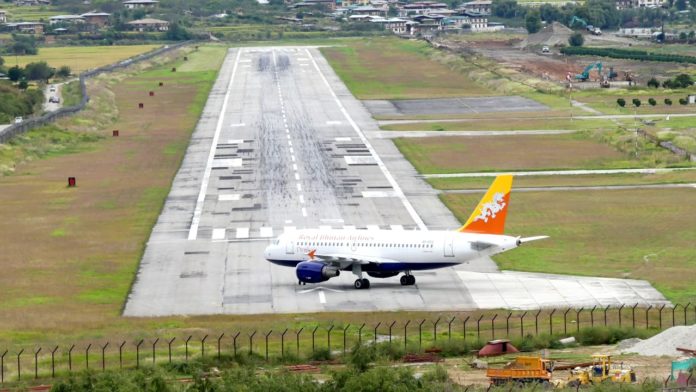
Paro Airport in Bhutan is located in the Himalayan Mountains at 1.5 miles above sea level, with a short runway measuring only 6,500 feet long. Boeing even said that it was “one of the most difficult airports in the world for takeoffs and landings.”
This is so treacherous that only eight pilots are qualified to land in the remote area – their special training allows them to fly through houses, mountains, strong winds, valleys, and severe turbulence. In fact, until 2011, only one airline could land its aircraft there.
4. Pilots may only land at Narsarsuaq airport during daylight hours
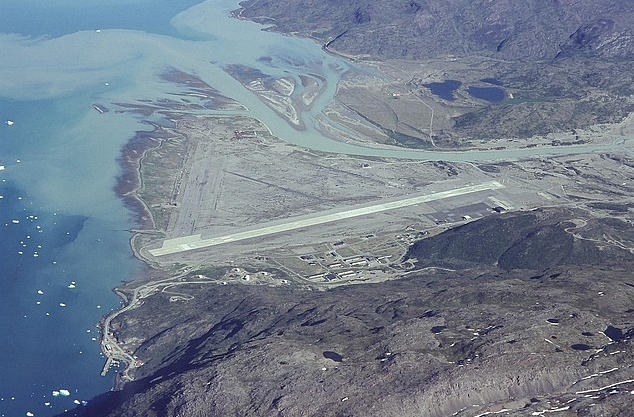
Landing at Narsarsuaq Airport in Greenland is so dangerous that only pilots who are fully aware of the weather conditions and the local terrain are allowed to land there. The pilot must climb up a fjord when approaching the airstrip and fly through high winds, turbulence and often snow or ice. The conditions are so difficult that night takeoffs and landings are not allowed in Narsarsuaq.
5. Princess Juliana International Airport forces pilots to fly around to avoid the mountains
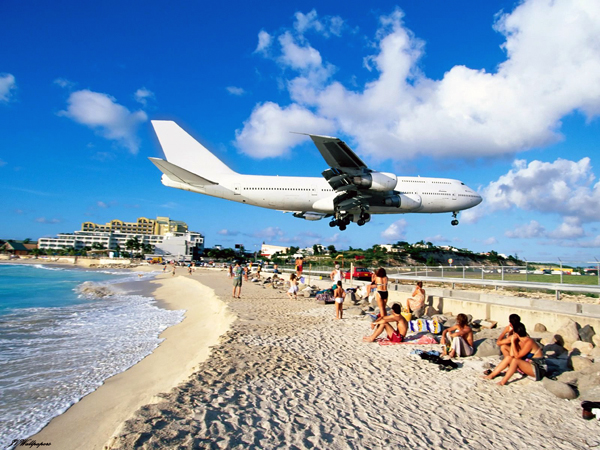
The airstrip at Princess Juliana Airport on the island of St. Martin, in the Caribbean, is less than half the average length of the international airport runway. However, as Sint Maarten is a popular tourist destination, the main planes regularly fly to Princess Juliana. The most delicate part of the flight takes place immediately before the landing, when the plane has to circle the beach to avoid the mountains.
6. In Antarctica, landing strips are made of ice
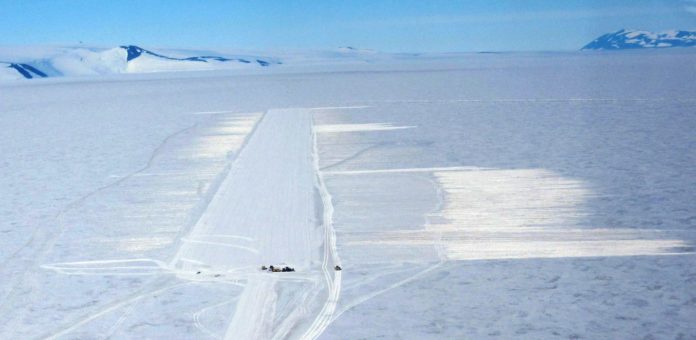
Antarctica’s airstrips are made entirely of ice. Pilots must exercise extreme caution to avoid a heavy landing, otherwise, they may sink into the ice. In addition, in Antarctica, winter has 24-hour darkness periods. When wind and snow are taken into account, the pilot must sometimes make a blind landing on a slippery surface. “When the winds reach 20 or 30 mph, it creates so much blowing snow that you can’t see the runway,” said Colonel Ronnie Smith of the National Air Guard, after a dozen seasons of risky landings. “It doesn’t take much to create a whiteout.”
7. Gustaf III Airport is considered the third most dangerous airport in the world
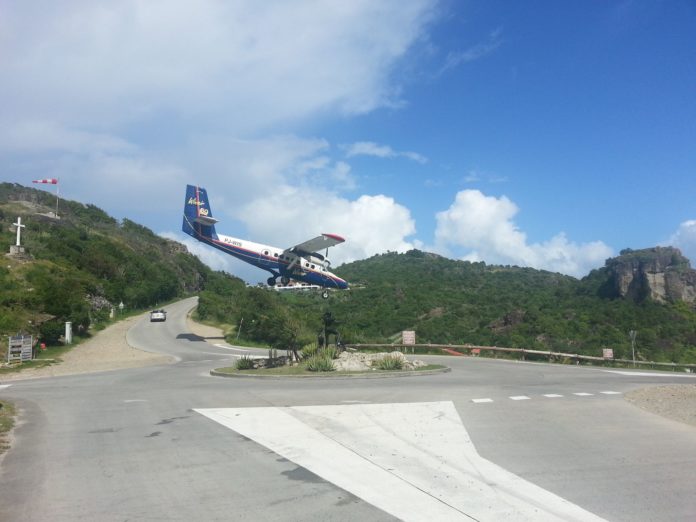
Gustaf III in Saint-Barthélemy is the third most treacherous airport in the world. Pilots must make their way through a steep descent over a mountain, often with high winds, and be able to land on a runway only 2,132 feet long, compared to an average runway of 18,044 feet at international airports.
8. The runway at Gibraltar International Airport crosses a four-lane highway
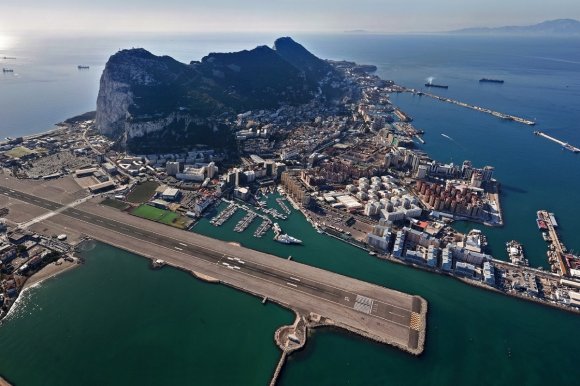
Imagine having to close a four-lane highway every time an aircraft has to take off or land. This is exactly the case at Gibraltar International Airport – located in a small British enclave at the tip of southern Spain – where traffic is interrupted on Winston Churchill Avenue for about 10 minutes when planes take off and land. Fortunately for the local population, the number of flights in Gibraltar remains relatively low.
9. The runway at Barra Airport is underwater at high tide
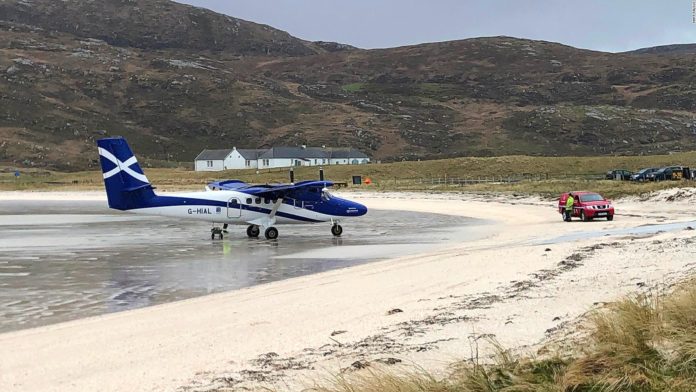
Barra Airport in the Outer Hebrides, Scotland, is absolutely unique. It is the only airport in the world that uses a beach as an airstrip. As a result, it disappears twice a day when Tràigh Mhòr is swept away by the high tide.
10. Sandane Airport is characterized by a narrow landing area and high winds.
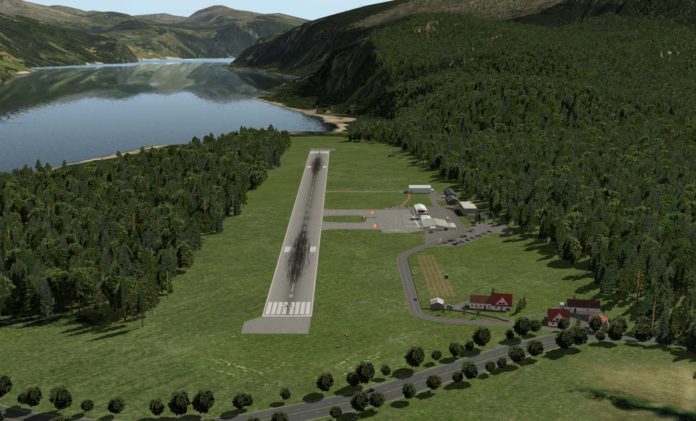
Sandane Airport in Norway is nestled on a peninsula between two fjords – Nordfjorden and Gloppefjorden – and has an asphalt runway just over 3,000 feet long. The location of the airport makes the landing area extremely narrow. High winds and turbulence only add to the danger of landing.
11. Madeira Airport’s extremely short runway is exposed to high winds and turbulence
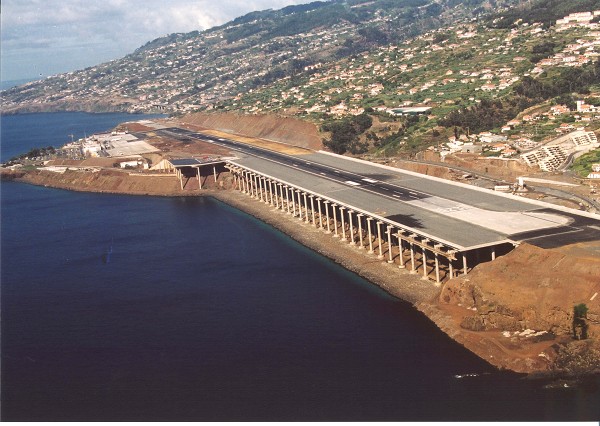
Madeira Airport in the autonomous region of Portugal – located between the Atlantic and the mountains – is considered one of the most terrifying places in the world to land an aircraft. It is so difficult to land there that pilots need special training to do so. Qualified airmen must deal with high winds, turbulence and an extremely short runway – after passing over multiple runway extensions. One of these runway extensions occurred in 1977 after a Boeing 727 had “dived to the end of the runway,” according to the Daily Mail.
12. Nantucket Memorial Airport is often surrounded by thick fog

The island of Nantucket, Massachusetts, is known as the “Grey Lady” because the fog swallows up the entire island, often in a matter of minutes. It is clear that thick fog does not allow safe flight. Often, aircraft cannot land or take off from Nantucket Memorial Airport, resulting in flight cancellations or delays.
13. Courchevel airport has a very short runway and is located in the Alps
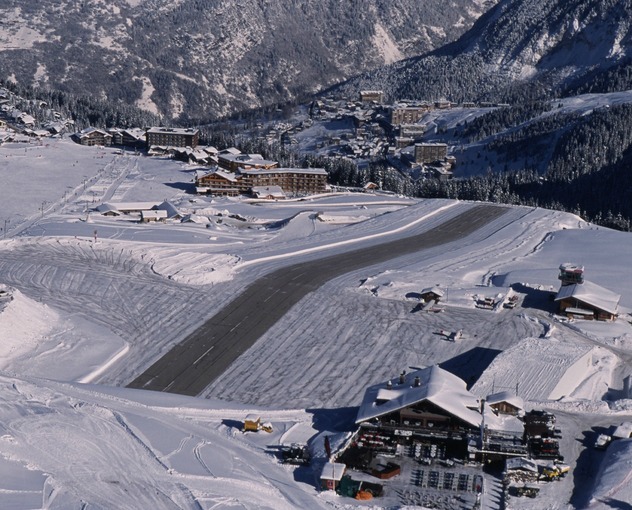
Courchevel airport is located in the French Alps. The runway is one of the shortest in the world, approximately 1,722 feet long. The airstrip has an 18.5% slope to slow the aircraft down before it exits the airstrip. As if that wasn’t risky enough, specially certified pilots must also fly through valleys and ski slopes before landing. Courchevel Airport, which is adrenaline rush, is well represented in James Bond’s 1997 film Tomorrow Never Dies.


![[Photos] Why WD-40 Is Magic In Your Garden?](https://lifetonik.com/wp-content/uploads/sites/7/2019/08/WD40-Prices-Highres_Page_8_Image_0008-218x150.jpg)





![[Photos] Take A Look Of The Obama’s New Home Before It’s Banned](https://lifetonik.com/wp-content/uploads/sites/7/2019/07/Obama1-218x150.jpg)

![[Slideshow] Celebrity Homes: 21 Of The Most Luxurious](https://lifetonik.com/wp-content/uploads/sites/7/2019/07/Taylor-Swift-218x150.jpg)
![[Slideshow] More Parents Are Now Gluing Pennies to the Bottom of their Kid’s Shoes](https://lifetonik.com/wp-content/uploads/sites/7/2019/07/Keep-Them-Entertained-218x150.jpeg)
![[Photos] 20 Fashion Mistakes That Too Many Women Make!](https://lifetonik.com/wp-content/uploads/sites/7/2019/07/5-style-mistakes-that-make-you-look-frumpy-featured-218x150.jpg)



















![[Gallery] 25 Discounts For Seniors To Which You Are Entitled Without Knowing It](https://lifetonik.com/wp-content/uploads/sites/7/2019/08/EAZxECUXUAAvNZR-218x150.jpg)
![[Slideshow] Here’s the salary of every governor in the United States](https://lifetonik.com/wp-content/uploads/sites/7/2019/08/Charlie-Baker-218x150.jpg)
![[Photos] No One Will Want To Buy This House After Seeing These Pictures](https://lifetonik.com/wp-content/uploads/sites/7/2019/08/terrible-real-estate-photos-2-5c35e727c9f95__700-218x150.jpg)



